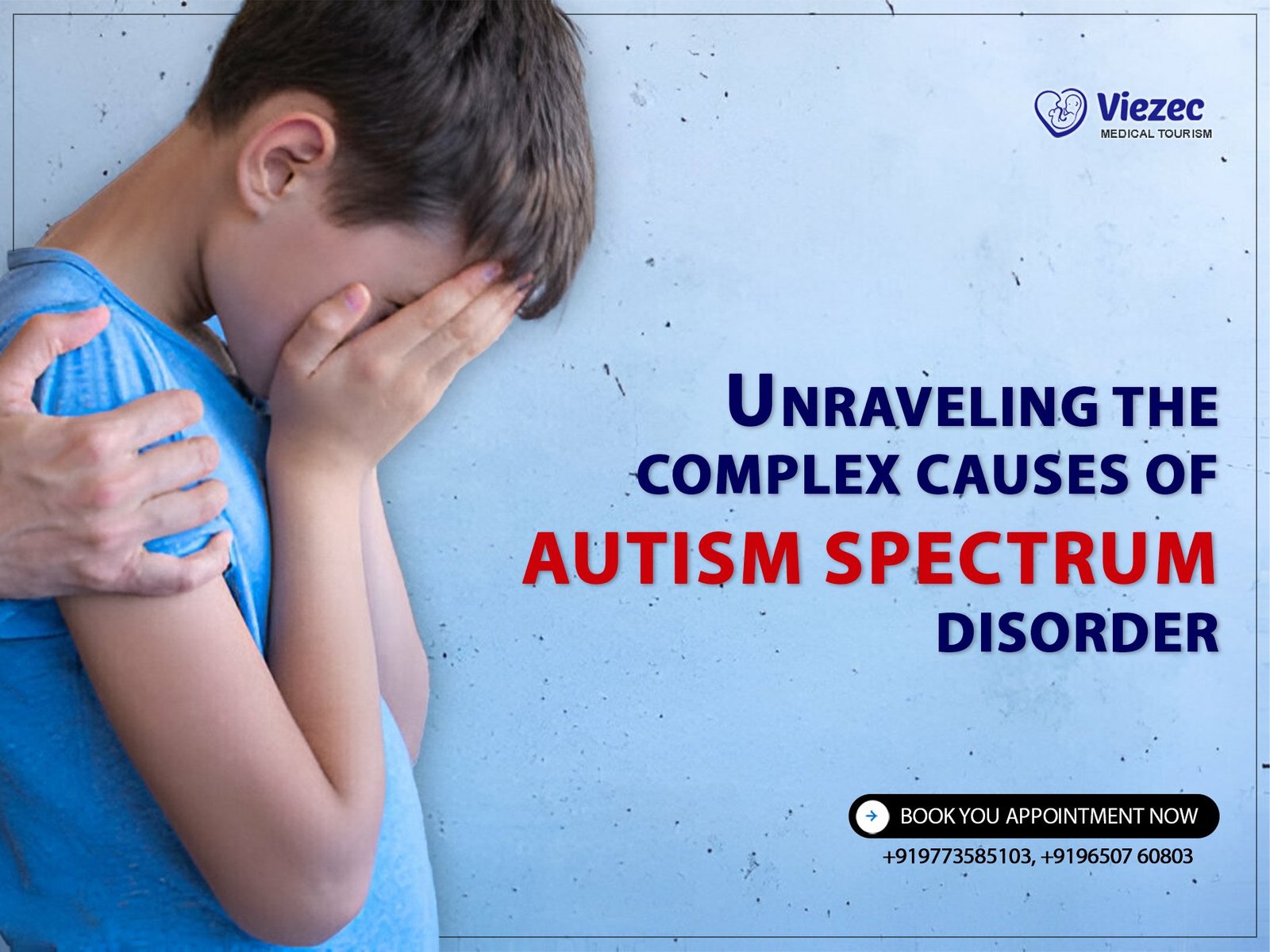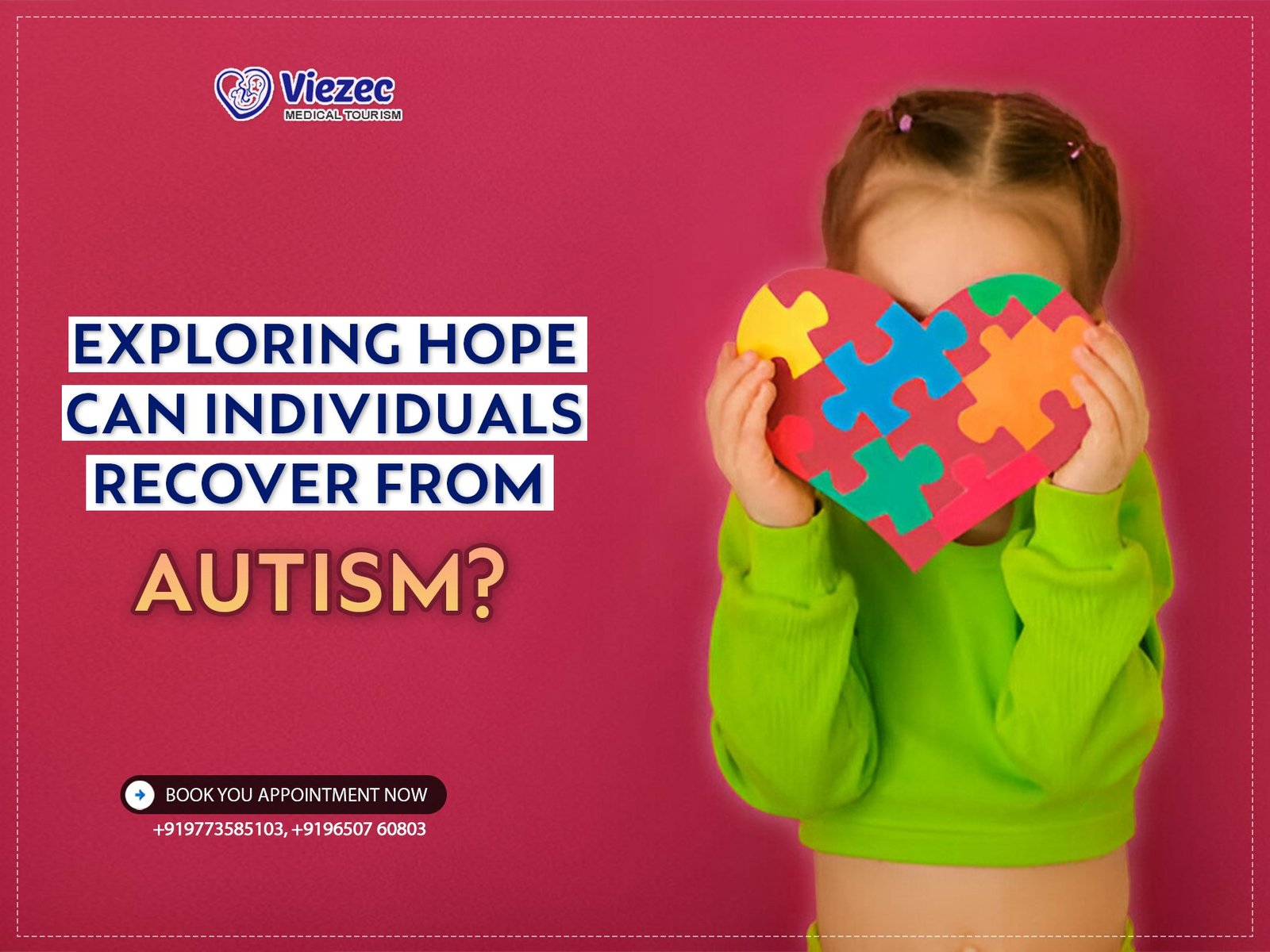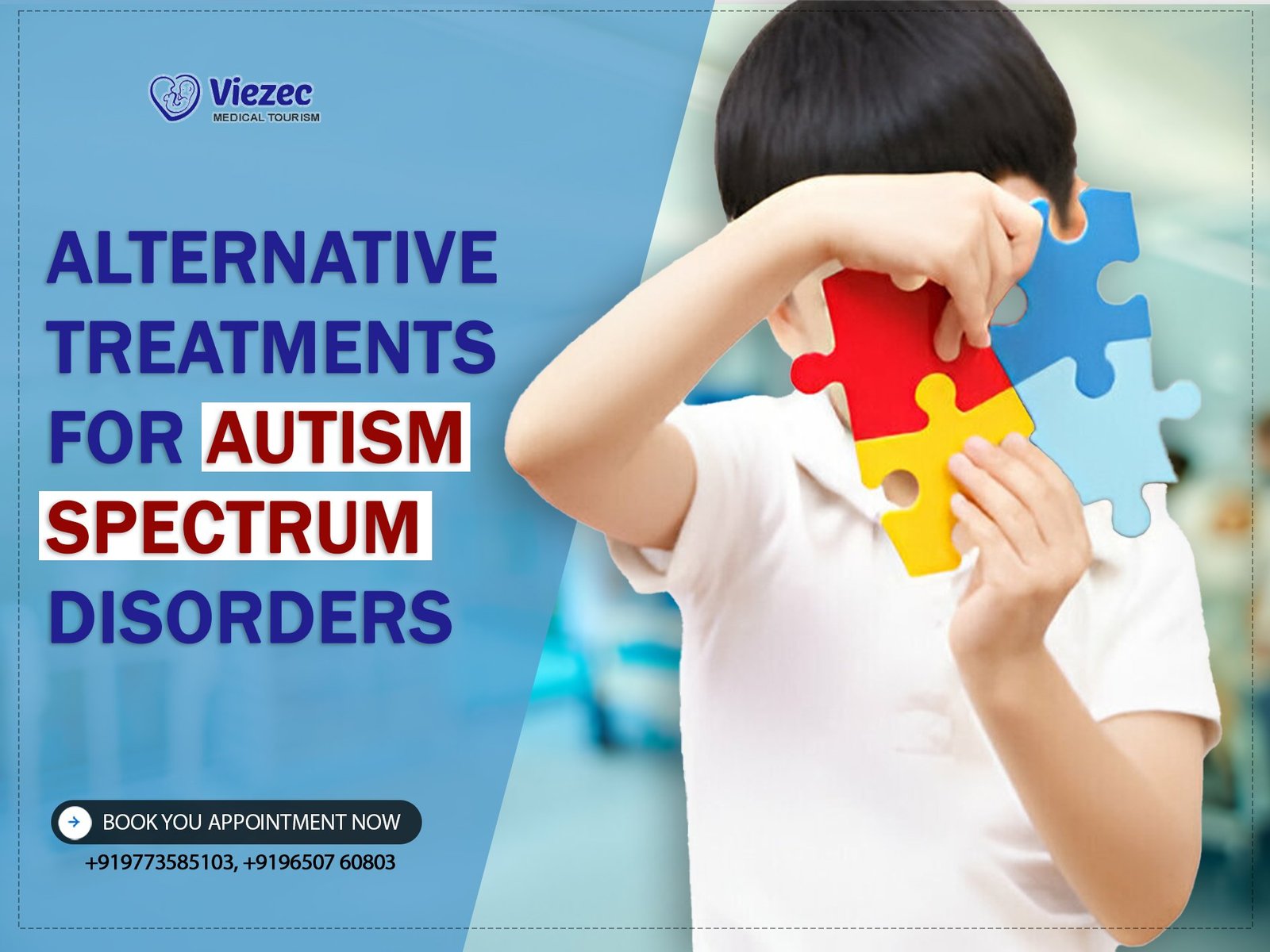Autism Spectrum Disorder (ASD) is a neurodevelopmental condition characterized by challenges in social interaction, communication, and repetitive behaviors. Individuals with ASD may also exhibit sensory sensitivities and have a range of strengths and abilities. Despite the diversity within the spectrum, there are commonalities in how ASD affects individuals across the globe.
Defining Characteristics of ASD
ASD is diagnosed based on specific criteria outlined in the Diagnostic and Statistical Manual of Mental Disorders (DSM-5). These criteria include persistent deficits in social communication and interaction, as well as restricted, repetitive patterns of behavior, interests, or activities. However, the presentation of ASD can vary widely among individuals, leading to the term “spectrum.”
Global Prevalence of Autism
The prevalence of ASD has been increasing worldwide, with estimates varying between different regions and populations. While improved awareness and diagnostic practices contribute to higher reported rates, there are also genuine increases in prevalence, suggesting a complex interplay of genetic, environmental, and other factors influencing the development of ASD.
Early Intervention Approaches
Significance of Early Intervention in ASD
Early intervention is crucial for maximizing the potential outcomes for individuals with ASD. Research indicates that starting interventions as early as possible can lead to better long-term outcomes in areas such as communication, social skills, and behavior management. Early intervention programs aim to address core deficits and build upon strengths to support overall development.
Behavioral Therapy for Young Children
Behavioral therapy, such as Applied Behavior Analysis (ABA), is one of the most widely used interventions for young children with ASD. ABA focuses on teaching desired behaviors while reducing challenging ones through systematic reinforcement and prompting techniques. Early intensive behavioral intervention (EIBI) has shown promise in improving outcomes for children with ASD, particularly when delivered intensively and early in life.
Speech and Language Therapy
Many individuals with ASD experience difficulties with communication, including speech and language delays or impairments. Speech and language therapy aims to improve communication skills, including expressive and receptive language, pragmatic language (social communication), and speech articulation. Therapists work with individuals to develop alternative communication methods, such as sign language or augmentative and alternative communication (AAC) devices, when verbal communication is limited.
Innovative Therapeutic Techniques
Role of Sensory Integration Therapy
Sensory integration therapy addresses sensory processing difficulties commonly observed in individuals with ASD. By providing structured sensory experiences, such as swinging, brushing, or deep pressure activities, therapists aim to help individuals regulate their sensory responses and improve attention, behavior, and participation in daily activities. While the evidence supporting sensory integration therapy is mixed, many individuals find it beneficial in managing sensory challenges.
Music Therapy in Autism Treatment
Music therapy utilizes the inherent qualities of music to address various goals, including communication, socialization, emotional expression, and motor skills, among others. Through activities such as singing, playing instruments, and improvisation, music therapists tailor interventions to the unique needs and preferences of individuals with ASD. Music therapy has been shown to enhance social interaction, reduce anxiety, and promote overall well-being in individuals on the autism spectrum.
Art Therapy for Emotional Expression
Art therapy provides a nonverbal means of expression for individuals with ASD, allowing them to communicate thoughts, feelings, and experiences through artistic mediums such as drawing, painting, and sculpting. Art therapists create a supportive environment where individuals can explore and process emotions, improve self-awareness, and develop coping strategies. Art therapy can complement other interventions by providing alternative avenues for self-expression and emotional regulation.
Pharmacological Interventions
Medication Options for Managing ASD Symptoms
Pharmacological interventions may be prescribed to manage specific symptoms associated with ASD, such as hyperactivity, aggression, anxiety, or repetitive behaviors. Commonly prescribed medications include selective serotonin reuptake inhibitors (SSRIs), antipsychotics, stimulants, and alpha-2 adrenergic agonists. However, medication management in ASD requires careful consideration of individual needs, potential side effects, and monitoring for efficacy.
Challenges and Benefits of Pharmacotherapy
While medications can be beneficial for managing certain symptoms of ASD, they are not a cure, and their effectiveness varies among individuals. Additionally, pharmacological interventions may be associated with side effects, which can impact tolerability and adherence to treatment. It’s essential for healthcare providers to collaborate closely with individuals with ASD and their families to monitor medication effects and adjust treatment plans as needed.
Research on Novel Drug Therapies
Ongoing research seeks to identify novel pharmacological treatments that target underlying neurobiological mechanisms implicated in ASD. These include medications aimed at modulating neurotransmitter systems, reducing inflammation, or improving synaptic function. While promising leads have emerged from preclinical and early clinical studies, further research is needed to validate the safety and efficacy of these potential treatments in larger, well-controlled trials.
Nutritional and Dietary Approaches
The Gut-Brain Connection in Autism
Emerging research suggests a link between the gut microbiome and brain function, leading to increased interest in the gut-brain axis in ASD. Some individuals with ASD may experience gastrointestinal symptoms or dysbiosis (imbalance in gut bacteria), prompting exploration of dietary interventions to support gut health and potentially improve behavioral symptoms. However, more research is needed to elucidate the complex relationship between diet, gut health, and ASD.
Gluten-Free and Casein-Free (GFCF) Diet
The gluten-free and casein-free (GFCF) diet is among the most widely studied dietary interventions for ASD. Advocates suggest that removing gluten (found in wheat) and casein (found in dairy) from the diet may alleviate gastrointestinal issues and improve behavior and cognitive function in some individuals with ASD. However, evidence supporting the efficacy of the GFCF diet in ASD remains limited and conflicting, with some studies reporting benefits while others show no significant effects.
Supplements and Micronutrient Therapy
Supplemental interventions, such as vitamins, minerals, and other micronutrients, have been explored as potential adjunctive treatments for individuals with ASD. Proponents propose that addressing nutritional deficiencies or imbalances may positively influence physiological processes implicated in ASD, such as oxidative stress, inflammation, and neurotransmitter function. While some studies have reported benefits of specific supplements in ASD, the evidence base remains inconclusive, and further research is needed to guide clinical recommendations.
Stem Cell Therapy in Autism Treatment
Emerging Role of Stem Cell Therapy
Stem cell therapy has garnered attention as a potential treatment for autism due to its regenerative properties. This emerging field holds promise for addressing the underlying neurological factors associated with ASD. Research suggests that stem cells derived from sources such as umbilical cord blood or adipose tissue may have the ability to modulate inflammation, promote neurogenesis, and improve synaptic connectivity in the brain.
Clinical Trials and Research Findings
Clinical trials investigating the efficacy of stem cell therapy in autism have shown promising results. While larger-scale studies are still underway, preliminary findings indicate improvements in communication skills, social interaction, and behavior regulation among participants receiving stem cell treatment. However, further research is needed to elucidate the long-term effects and optimal protocols for stem cell therapy in autism.
Potential Benefits and Ethical Considerations
The potential benefits of stem cell therapy in autism extend beyond symptom management to address underlying neurological abnormalities. By targeting neural repair and regeneration, this approach holds the promise of enhancing overall quality of life for individuals with ASD. However, ethical considerations surrounding the use of stem cells, including safety concerns and informed consent, must be carefully addressed to ensure responsible and ethical implementation of this treatment modality.
Family-Centered Support Services
Family Therapy and Counseling
Family therapy and counseling play a crucial role in supporting families affected by autism. These services provide a safe and supportive environment for families to address the unique challenges they face, improve communication and coping skills, and strengthen familial bonds. By fostering a collaborative approach to treatment, family therapy empowers parents and caregivers to better understand and support their loved ones with autism.
Parent Training Programs
Parent training programs offer practical strategies and techniques for managing the behavioral and communication difficulties associated with autism. These programs typically focus on teaching parents effective behavior management strategies, enhancing communication skills, and promoting positive parent-child interactions. By equipping parents with the tools and knowledge they need, these programs empower families to navigate the daily challenges of raising a child with autism more effectively.
Respite Care and Community Resources
Respite care services provide temporary relief and support to caregivers of individuals with autism. These programs offer caregivers the opportunity to take a break from their caregiving responsibilities, recharge, and attend to their own needs. Additionally, community resources such as support groups, recreational programs, and advocacy organizations play a vital role in connecting families with valuable support networks and resources tailored to their unique needs.
Educational Strategies and School Programs
Inclusive Education Models
Inclusive education models promote the integration of students with autism into mainstream educational settings alongside their neurotypical peers. These models emphasize the importance of individualized support, accommodations, and modifications to facilitate meaningful participation and learning opportunities for students with ASD. By fostering a culture of acceptance and inclusion, inclusive education models promote social integration, academic success, and positive peer relationships for students with autism.
Individualized Education Plans (IEPs)
Individualized Education Plans (IEPs) are personalized plans designed to meet the unique educational needs of students with autism. These plans outline specific goals, objectives, accommodations, and support services tailored to the individual strengths and challenges of each student. By providing a roadmap for educational success, IEPs enable teachers, parents, and other stakeholders to collaborate effectively in supporting the academic and developmental progress of students with ASD.
Applied Behavior Analysis (ABA) in Schools
Applied Behavior Analysis (ABA) is a widely recognized and evidence-based intervention for autism that is increasingly being implemented in school settings. ABA techniques focus on systematically teaching and reinforcing desired behaviors while reducing challenging behaviors through positive reinforcement and structured learning opportunities. By incorporating ABA principles into classroom instruction and behavior management strategies, schools can create a supportive learning environment that maximizes the potential for success for students with autism.
Technology-Assisted Interventions
Role of Assistive Technology
Assistive technology plays a critical role in supporting individuals with autism in various aspects of their lives. From communication devices and visual schedules to sensory tools and social skills apps, assistive technology tools help individuals with ASD navigate everyday challenges and enhance their independence and quality of life. By leveraging the power of technology, these tools empower individuals with autism to overcome communication barriers, regulate sensory experiences, and participate more fully in social interactions.
Virtual Reality Therapy
Virtual reality therapy is an innovative approach that harnesses immersive technology to provide therapeutic interventions for individuals with autism. By creating virtual environments that simulate real-life scenarios, this therapy enables individuals to practice and generalize social skills, navigate challenging situations, and regulate emotional responses in a safe and controlled setting. With its potential for customization and scalability, virtual reality therapy offers a promising avenue for addressing the social and behavioral difficulties associated with autism.
Apps and Digital Tools for Skill Development
The proliferation of mobile apps and digital tools tailored to the needs of individuals with autism has revolutionized the landscape of autism intervention. From educational games and social skills training apps to behavior tracking tools and visual supports, these digital resources offer accessible and engaging ways to promote skill development, enhance communication, and support daily functioning for individuals with ASD. By harnessing the interactive and customizable nature of digital technology, these tools empower individuals with autism to learn, grow, and thrive in their communities.
Global Perspectives on Autism Care
Cultural Variations in Treatment Approaches
Cultural factors play a significant role in shaping the perception and treatment of autism across different societies and cultures. While some treatments may be universally beneficial, cultural variations in beliefs, values, and practices can influence the acceptance and effectiveness of interventions for autism. Recognizing and respecting these cultural differences is essential for providing culturally sensitive and responsive care that meets the unique needs of individuals with autism and their families.
Access to Services in Developing Countries
Access to autism services and interventions varies widely across different regions and countries, with significant disparities observed between developed and developing nations. Limited resources, infrastructure, and awareness pose significant barriers to accessing diagnosis, treatment, and support services for individuals with autism in many developing countries. Addressing these disparities requires a concerted effort to expand access to affordable and culturally appropriate services, build capacity among healthcare providers, and raise awareness about autism within local communities.
International Collaborative Initiatives
International collaborative initiatives play a vital role in advancing autism research, advocacy, and care on a global scale. Collaborative networks, partnerships, and alliances bring together stakeholders from diverse backgrounds to share knowledge, best practices, and resources, and to promote collaboration and innovation in autism care. By fostering cross-cultural exchange and collaboration, these initiatives facilitate the development of more effective and equitable approaches to supporting individuals with autism and their families worldwide.
FAQs
Are there any alternative treatments for autism that are effective?
While there’s a wide range of alternative therapies and interventions marketed for autism, not all of them have strong scientific evidence supporting their effectiveness. It’s essential to consult with healthcare professionals and rely on evidence-based practices when considering alternative treatments.
How can I find autism services and support in my country?
Start by reaching out to local autism organizations, healthcare providers, and educational institutions for information and referrals. Online resources and support groups can also connect you with valuable resources and community networks tailored to your specific needs and location.
What role can I play in advocating for autism awareness and inclusion?
You can advocate for autism awareness and inclusion by promoting acceptance, understanding, and support for individuals with autism in your community. Get involved in advocacy campaigns, education initiatives, and policy reforms aimed at fostering inclusivity and improving access to resources and services for individuals with autism and their families.
For more information on autism treatments and support services, visit us online or connect with local autism organizations in your area. Together, we can make a difference in the lives of individuals with autism and create a more inclusive and supportive society for all.









